November 1, 2022. Jewish holiday recipes for everyone to try.
Jewish cuisine has long been influential in the U.S. and global food culture. Diaspora brought traditional Jewish foods across the world: Over centuries and continents, Jewish foods became part of the places Jews have migrated, just as diverse and rich regional food-ways have shaped the evolution and reinterpretation of Jewish food.
Because Ashkenazi Jews (of the Eastern European diaspora) make up most of the Jewish population in the U.S., many familiar Jewish favorites among American Jews and non-Jews hail from Russia, Poland, Germany, and the rest of Central and Eastern Europe. Less ubiquitous but just as delicious is Sephardi cuisine, which encompasses foods of the Spanish diaspora in North Africa, the Middle East, and the Mediterranean.
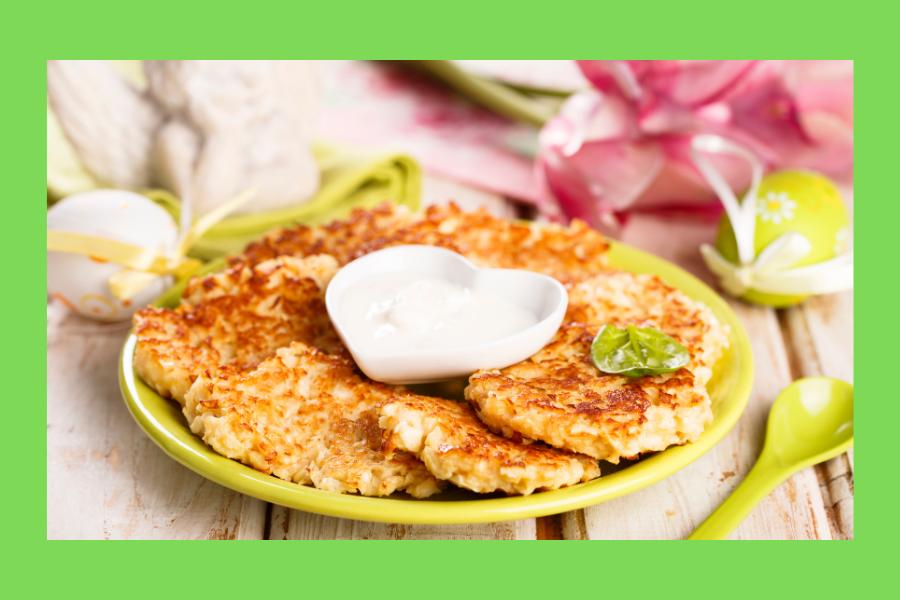
Latkes.
The iconic Hanukkah food is beloved by Jews and non-Jews alike (as most forms of fried potatoes are). But latkes were not always made using potatoes. After the expulsion of Jews from Sicily in the late 1400s, their traditional fried ricotta pancakes spread to northern Italy. It was only in Eastern Europe in the mid-1800s, after a surplus crop of potatoes, that potato latkes became the fritter of choice for Ashkenazi Jews. Whether grating the potatoes and onions by hand, or using a food processor to cut down on prep time, these latkes fit the bill when topped with applesauce, sour cream, or lox. Latkes Recipes
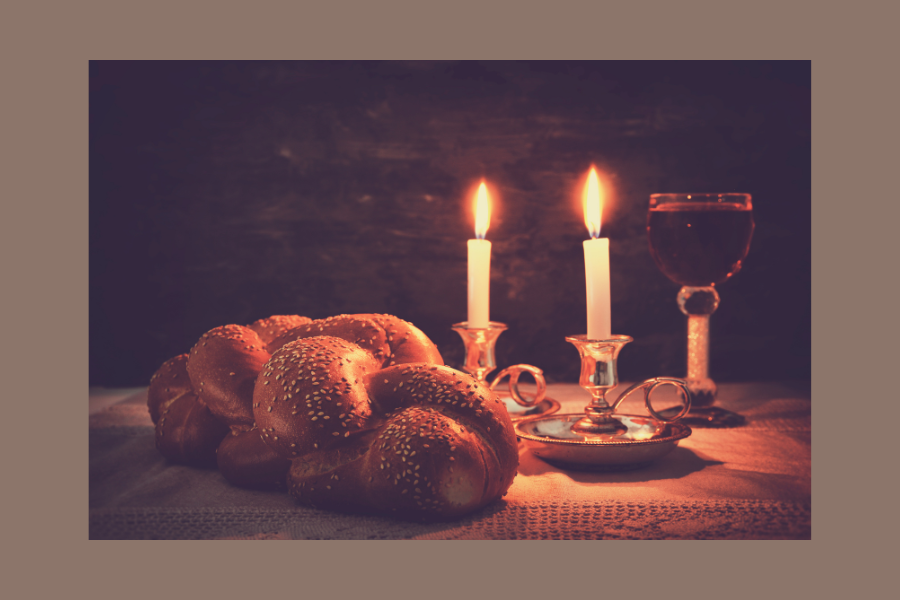
Challah.
There are few things more enjoyable than a warm, freshly baked challah. Usually intricately braided with a shiny browned outside, challah is a soft and fluffy egg-based bread, mildly sweet from honey or sugar, that is typically served on Shabbat or with other holiday meals. Try this challah smeared with butter and drizzled with honey, made into French Toast, or used as a sponge for brisket. Challah.
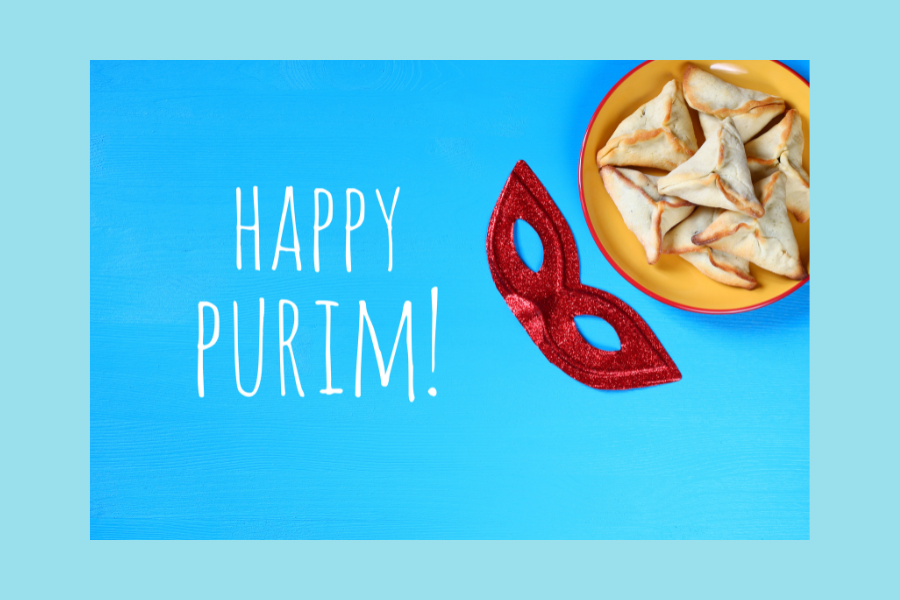
Hamantaschen.
Hamantaschen are triangular cookies traditionally made on Purim, and are usually filled with preserves, poppy-seeds, prunes or dates, or even chocolate spread. The shape of the cookie is, like many Jewish foods, symbolic in nature. Most people believe that the triangle mimics the shape of the hat worn by Haman, the villain of the Purim story. They can be made dairy-free, although some prefer swapping out the vegetable oil with butter for a richer dough. The cookies are formed by cutting out circles of dough, placing a dollop of your preferred filling in the center, and folding over three sides to form the quintessential three-cornered shape.
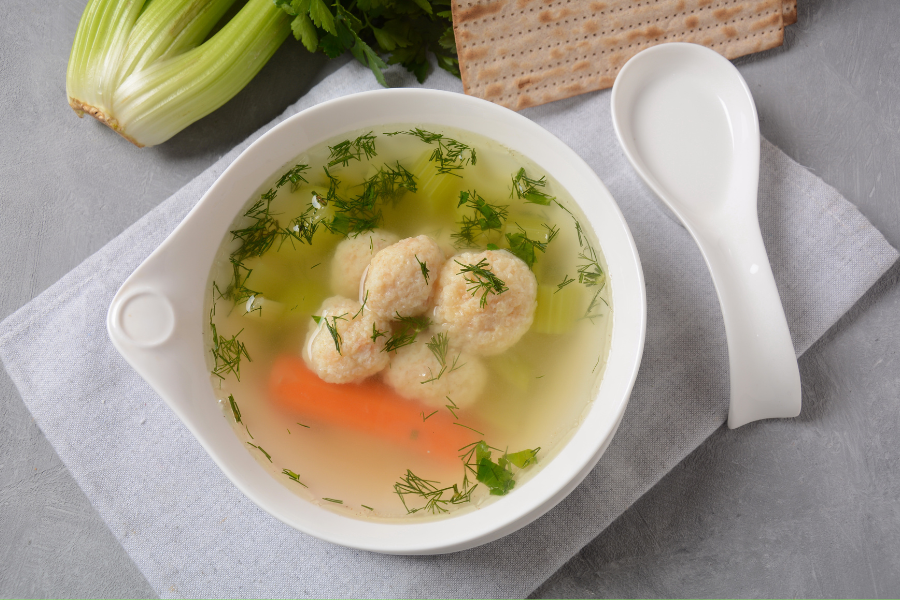
Matzo ball soup.
A staple at the Passover table and your local diner alike, matzo ball soup is easy to make using matzo ball mix and a few pantry ingredients, but is greatly improved by making a comforting, from-scratch chicken soup or your favorite hearty vegetable stock. Originally made from the leftover crumbs of matzo, Central and Eastern European Jews made "knoedel." In the 1930s, Manischewitz began selling matzo ball mix in the U.S., reportedly under the name "Alsatian feathery balls." Matzo Ball Soup
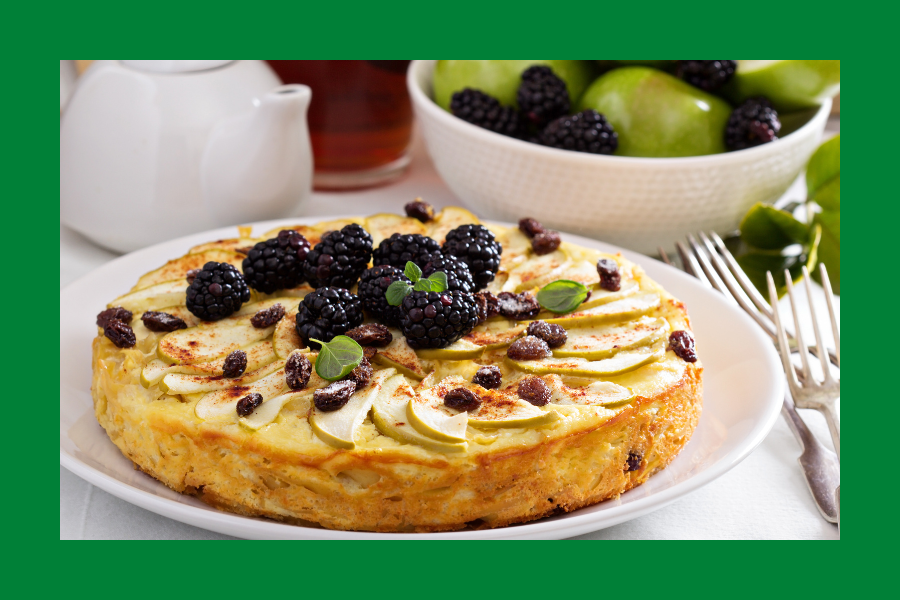
Kugel.
Noodle kugel, otherwise known as lokshen kugel, is a light, sweet, and dairy-filled egg noodle casserole often served on Shabbat or other holidays. Jewish food historian and recipe developer Joan Nathan writes in "The Jewish Holiday Kitchen" that lokshen kugel originated in Eastern Europe, where it was considered the "official Sabbath dessert." It was often baked at the same time as the cholent, or Shabbat stew, which would result in a moister kugel. This noodle kugel recipe combines sugar with four types of dairy to form a basic foundational kugel; however, it can be dressed up with the addition of raisins, spices, pineapple, or any other dried fruit or nuts. Kugel
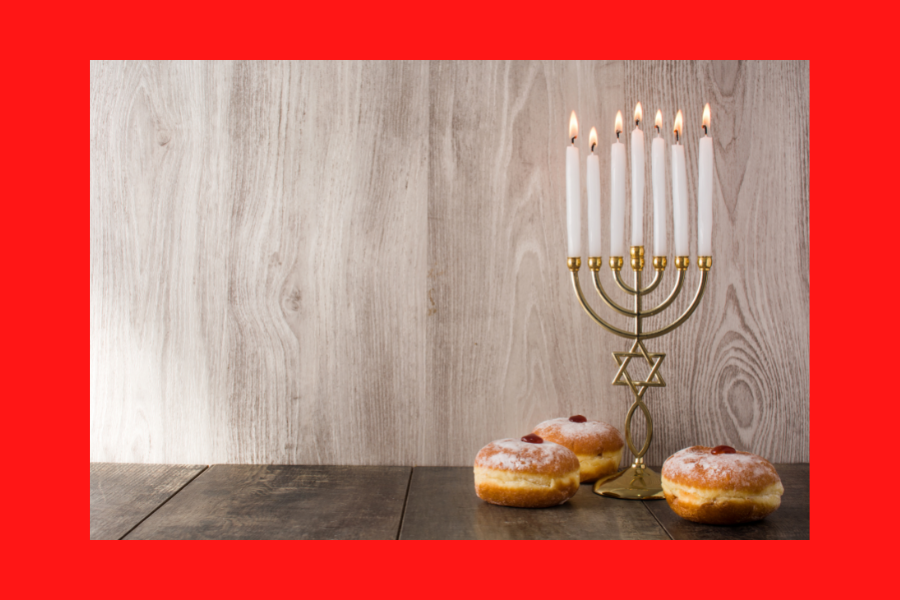
Sufganiyot (jelly doughnuts)
Fried foods reign supreme on Hanukkah, paying homage to the miracle of the small amount of oil that lit the ancient Temple in Jerusalem for eight days and nights. Sufganiyot, or round jelly doughnuts, emerged in 1400s Germany, and then spread to Poland and to the rest of the world, where they were designated an official food of Hanukkah in the 1920s. Making sufganiyot at home is a bit of a project, in part because of the yeasted dough, which rises overnight in the refrigerator, and partially because of the deep-frying. For the ambitious or committed doughnut lover, however, fresh sufganiyot filled with preserves or sweet cheese cannot be beat. Sufganiyot
SHALOM.
